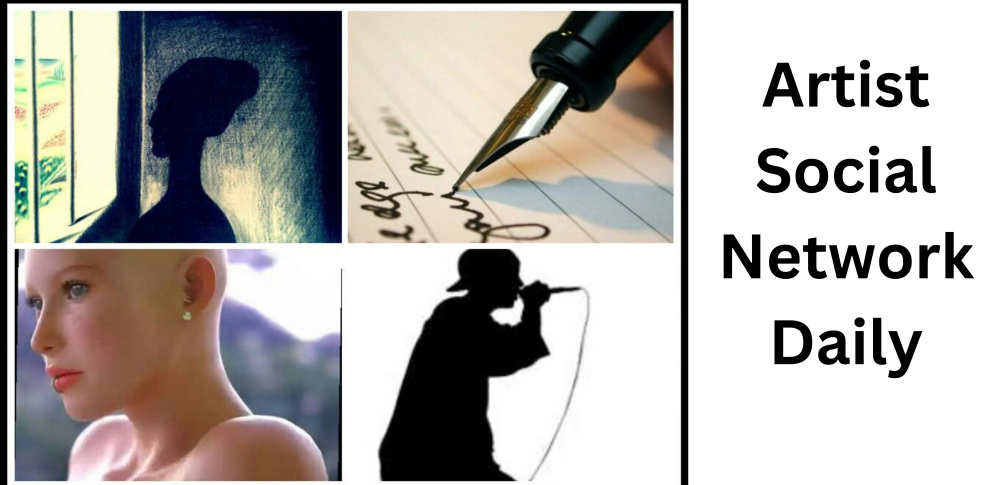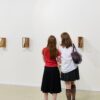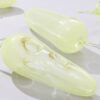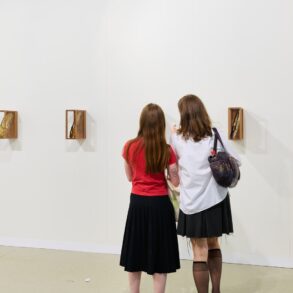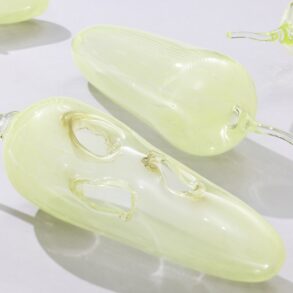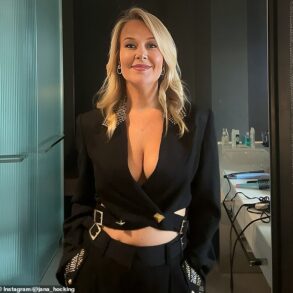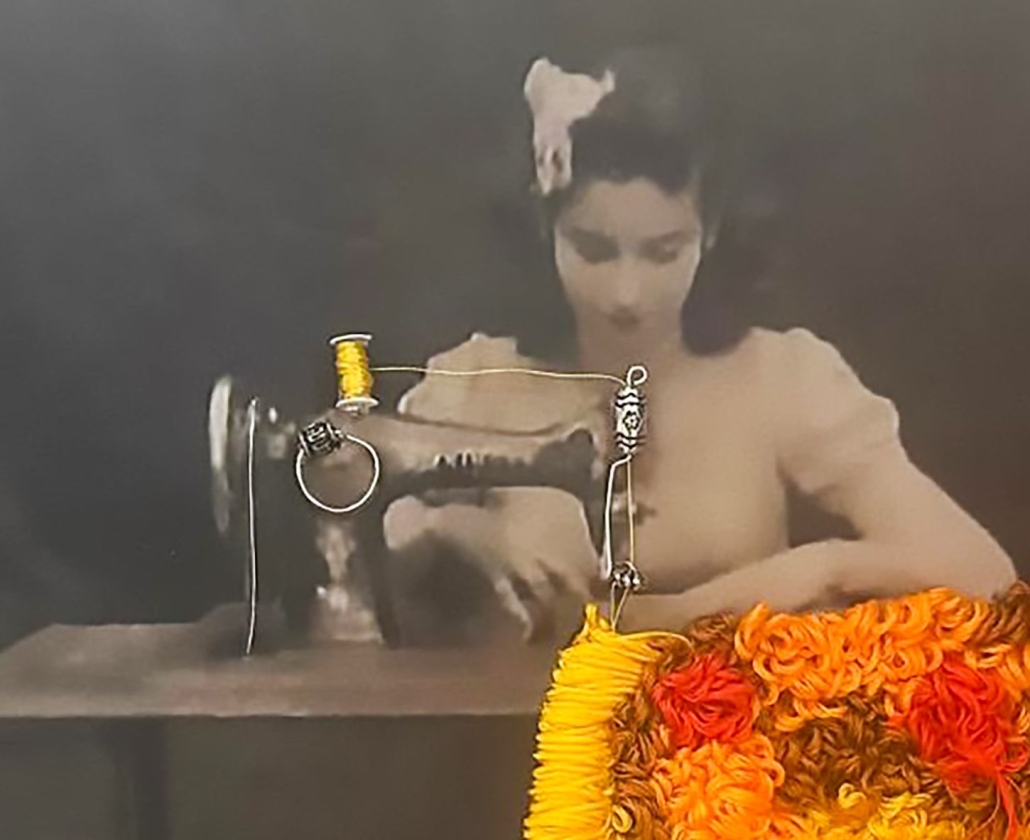
“Connective Thread” is a new art exhibit by Adriana Gordillo that explores intergenerational memory, autonomy, and the strengths of female labor through sewing as an undervalued art form. The exhibit is open through May 14 at the CLUES Art Gallery (797 East 7th Street, Saint Paul).
Gordillo is from Cali, Colombia, and works as a poet, artist, and Spanish educator. She uses textiles and papers to focus on the intersection between written and visual texts. She also explores the construction of memory — blurring and recombining to reinvent the present.
We asked Gordillo to share thoughts about her art.
 Sewing connects my family literally and metaphorically. My grandmother was a seamstress born in rural Colombia who lived through a time known as the “Violence with Capital V” during the mid-20th century. She was displaced by political violence from her small town to the nearby city. From an early age, she became the breadwinner of the family. She sewed almost her entire life to help support the family.
Sewing connects my family literally and metaphorically. My grandmother was a seamstress born in rural Colombia who lived through a time known as the “Violence with Capital V” during the mid-20th century. She was displaced by political violence from her small town to the nearby city. From an early age, she became the breadwinner of the family. She sewed almost her entire life to help support the family.
For my family, sewing and the many elements of this craft — fabrics, threads, buttons — represent a link to our story. My mother sold fabrics until recently. One of my aunts is a skillful cross-stitcher. The aunt I grew up with uses fabrics and threads, as do I, as part of our artistic practices. I see my creative writing as sewing with words.
I imagine threads [represent] the many paths we take, connecting us at times, other times limiting us, and often nourishing us. In my family, sewing is a symbol of the connection to feminine strength and the capacity for movement, resilience, and transformation that we learned from my grandmother.
If I were to describe an intergenerational scene in my family, it might be a quilt made of memories that overlap, fold, and intertwine. I picture going back in time for lunch on weekends at my grandmother’s house. I see my mother helping with monumental amounts of food being cooked for my grandma’s five children, their spouses, and her seven grandchildren, along with any other relative or friend who happened to be around. All were welcomed at her house.
I imagine grandma stepping out of the kitchen for a moment to help my aunt repair the hem of a pair of pants, or to take some measurements for a dress I want for a Quinceañera party. I hear my uncles singing old Latin American music while they drink aguardiente. I hear my cousins running around playing in a house full of flowers, food, and endless stories that everyone tells, of course, at the same time.
I see my grandmother, and memories of her, as one of the strongest connective threads that kept – and keeps — my family together.
With “Connective Threads” exhibit, I invite people to reflect on threads that have supported women across generations. I encourage people to connect the threads that have gotten us to where we are now, partly so that we can cut the ones that constrain and hurt us. We continue weaving the threads that help us thrive.
I hope we can engage in fruitful conversations about social expectations — the ones that hurt us and the ones that empower us — particularly to challenge limiting expectations about fashion and gender roles.
I hope people see this exhibit as an opportunity to share their stories and to talk about their mothers, grandmothers, aunts, and all the women who have supported them.
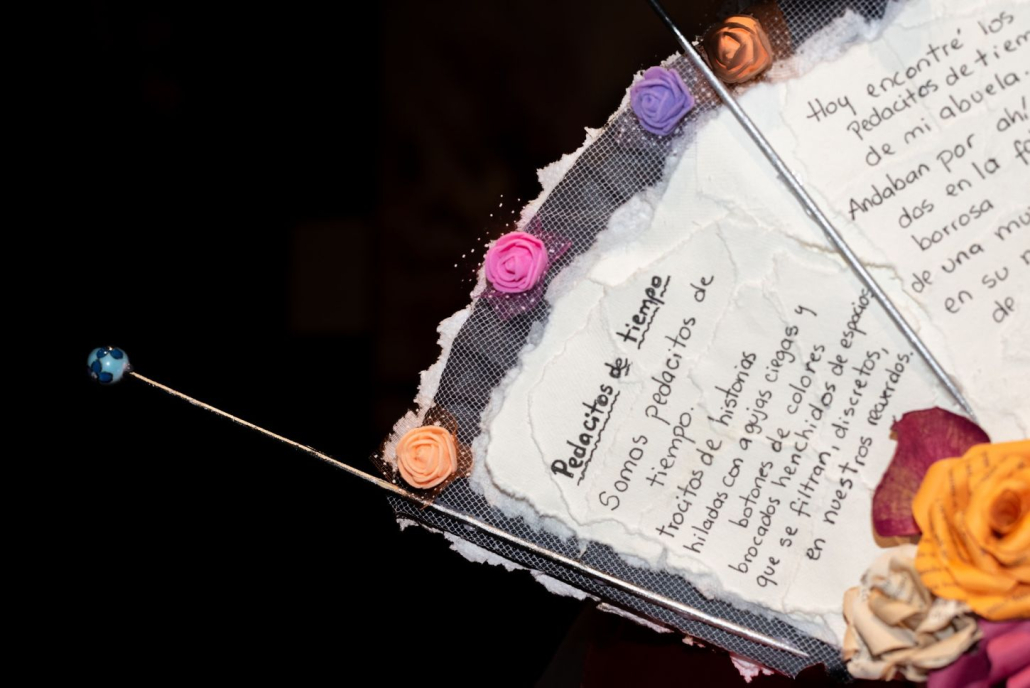
This post was originally published on this site be sure to check out more of their content
